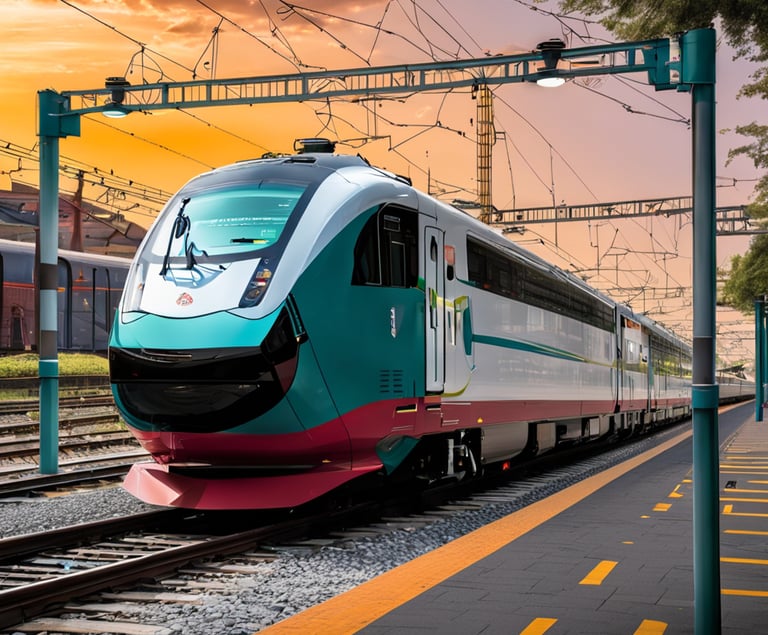Siemens and Berlin metro CBTC tech
Source: Siemens
7/9/20241 min read


Siemens Mobility has secured a contract from Berliner Verkehrsbetriebe (BVG) to implement the Trainguard MT Communications-Based Train Control (CBTC) system on Berlin's U5 and U8 metro lines. This state-of-the-art system will enable semi-automated (GoA2) operation, aiming to boost line capacity by approximately 30% by shortening headways to less than 100 seconds. The U5 line will see these enhancements by 2029, with the U8 line following by 2032. The entire project, valued at around €200 million plus additional long-term maintenance contracts, will be carried out during ongoing operations, ensuring uninterrupted service on Germany's largest metro system.
The introduction of CBTC technology on the U5 and U8 lines will significantly improve reliability and punctuality. Siemens Mobility's Trainguard MT system, already in use in major cities like Singapore, Paris, and New York, will allow continuous communication between trains and the trackside infrastructure. This enables automatic running at specified safety intervals, autonomous acceleration and braking, and emergency braking. Train drivers will primarily focus on passenger boarding and alighting, route monitoring, and emergency interventions.
Covering a total of 40 kilometers and encompassing all 26 stations on the U5 line and 24 stations on the U8 line, Siemens Mobility will replace the existing signaling systems with their digital CBTC technology. This upgrade will facilitate more efficient and centralized monitoring of operations, enhancing automation and connectivity. The use of real-time data on train positions and speeds will allow more trains to run at shorter intervals, effectively increasing passenger capacity and improving overall service efficiency.

